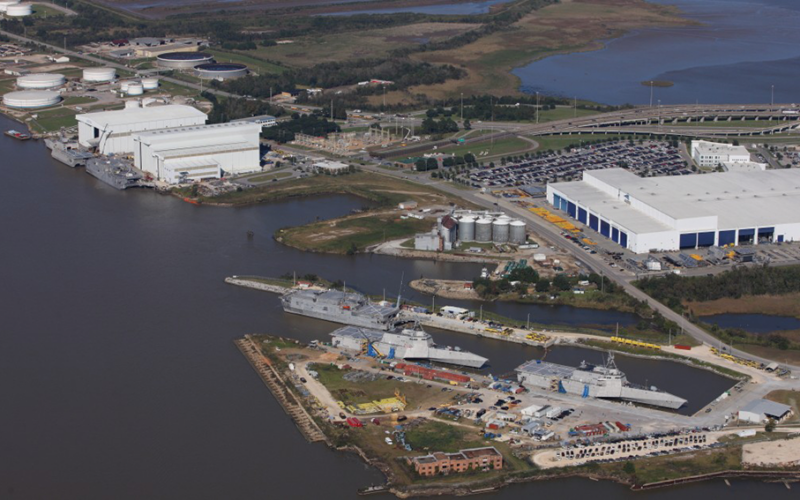Shipbuilder Austal USA has begun the design phase for an expansion of its Mobile, Ala. shipyard that includes construction of a new assembly building, waterfront improvements, and a Pearlson-designed shiplift system. Work on the project is expected to begin this summer and, when completed, “will allow the company to haul out large ships for maintenance; fulfill more than $6 billion…
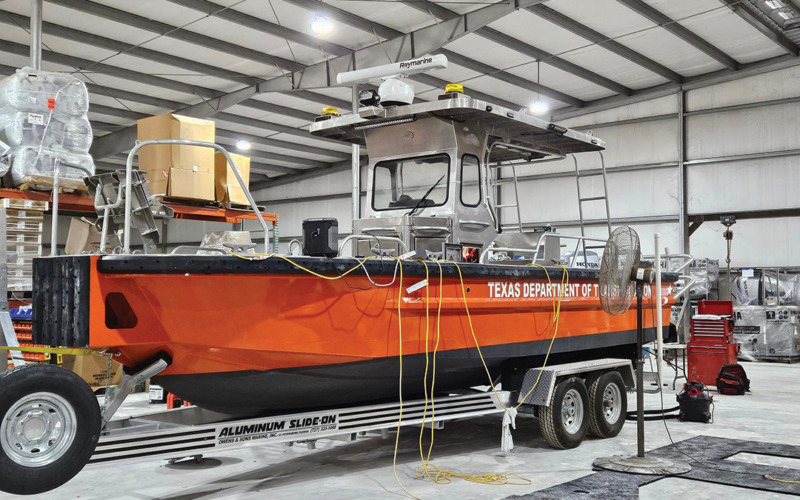
U.S.-based boat builder Metal Shark is expanding its presence in its home state of Louisiana with the addition of a third manufacturing facility and a new recruitment effort. The expansion follows the recent divestiture of its Alabama-based ship refit and repair business, which it sold to Birdon America. “Last year, Birdon America, Inc. approached Metal Shark about acquiring our Alabama…
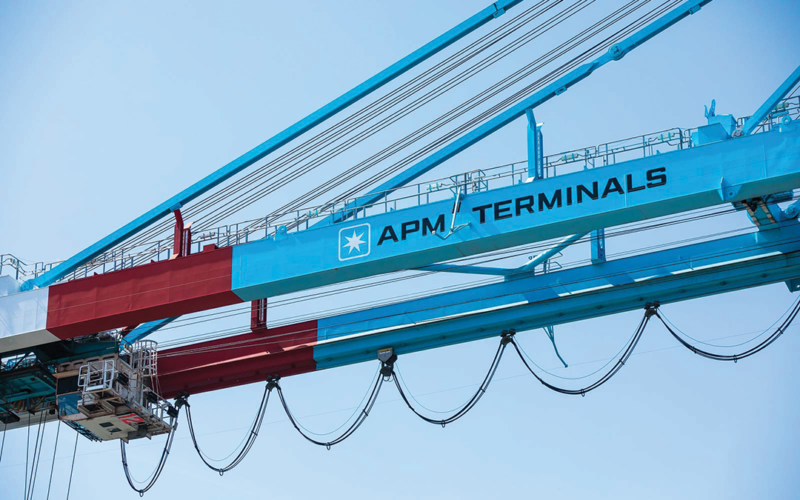
The Plaquemines Port Harbor and Terminal District, aka Plaquemines Port, has executed a letter of intent with APM Terminals (APMT) – one of the largest terminal operators in the world – to build a state-of-the-art container terminal on the West Bank of Plaquemines Parish, La. “APM Terminals is a world leader in container terminal operations. This major commitment shows the…
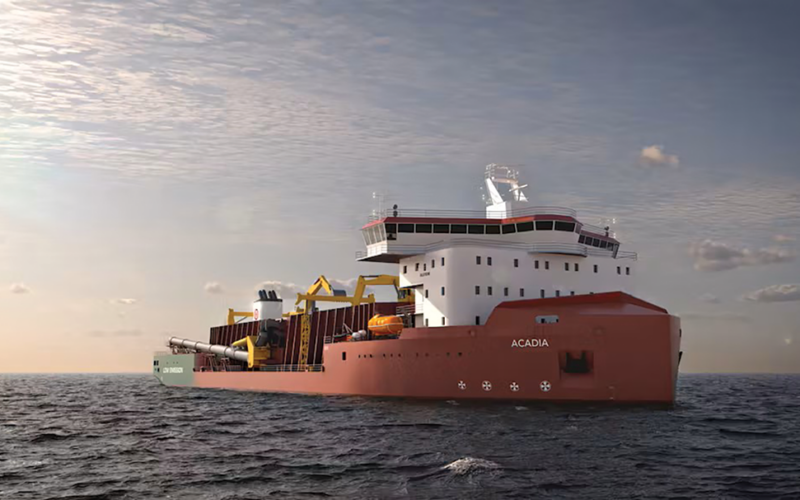
In July, a steel-cutting ceremony was held at the Philly Shipyard marking the start of construction on Acadia, the first U.S.-flagged Jones Act-compliant, inclined fallpipe vessel built in the country. The vessel is being built for Houston-based Great Lakes Dredge & Dock Co. and will be used to move rock from quarries along the U.S. East Coast for subsea deposit at…

The Georgia Ports Authority (GPA) saw a significant increase in container volumes at the Port of Savannah in February, with 451,670 twenty-foot equivalent container units (TEU) moved. The latest figure marks a 14.4 percent rise compared to the same period last year. Contributing to the surge was a 19 percent increase in loaded import containers and a 10 percent rise in export…
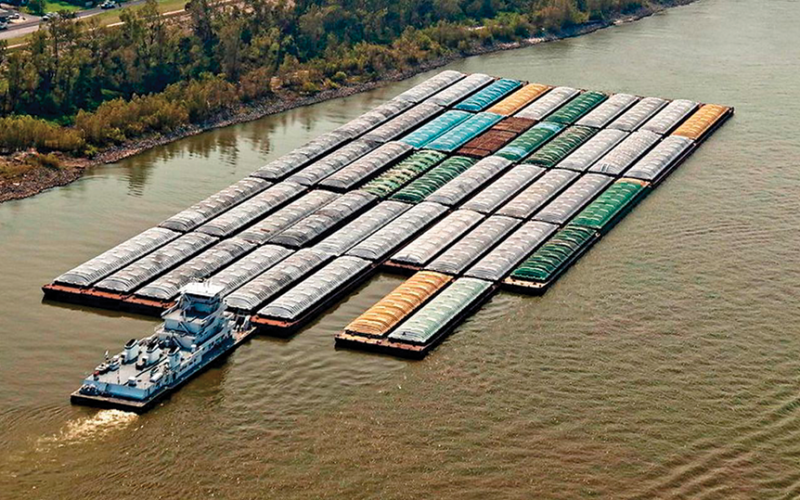
A vision for the future of the maritime sector on the lower Mississippi is coming to fruition step-by-step as plans advance to eventually build a fleet of hydrogen bunker barges that is expected to carry the region into a new era of clean fueling. With the technical expertise of the Seattle-based Elliott Bay Design Group (EBDG), the Hydrogen Fueling Barge…
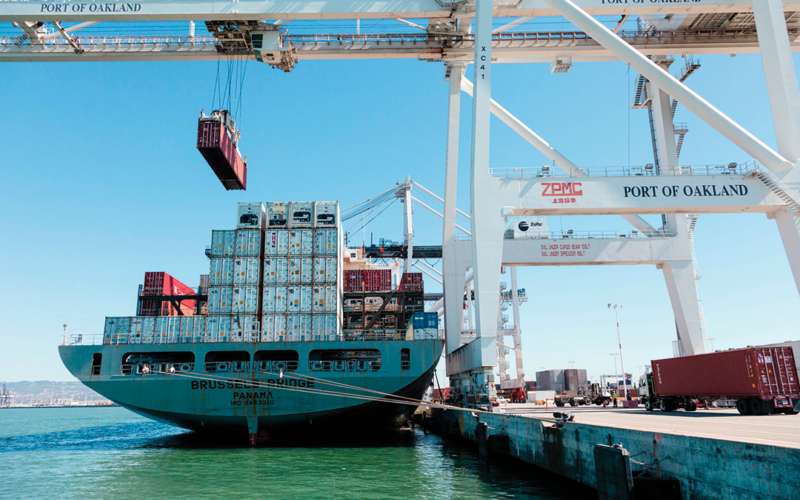
The Parsons Corporation has joined the Port of Oakland, Advent eModal, Mobile Programming and key stakeholders to announce the launch of the port’s Freight Intelligent Transportation System (FITS). Construction and integration of the system is now complete with the port entering the project’s next phase, the company said. The five-year contract marks the latest phase of the system’s development and…
The U.S. Department of Energy’s Oak Ridge National Laboratory (ORNL) and Caterpillar Inc. have entered into a cooperative research and development agreement to investigate marine methanol-fueled four-stroke engines. Methanol has been regarded as a fuel for large, two-stroke powered oceangoing vessels, but the availability of methanol-fueled four-strokes could be an attractive option across a broad range of vessel types, according to Caterpillar. …
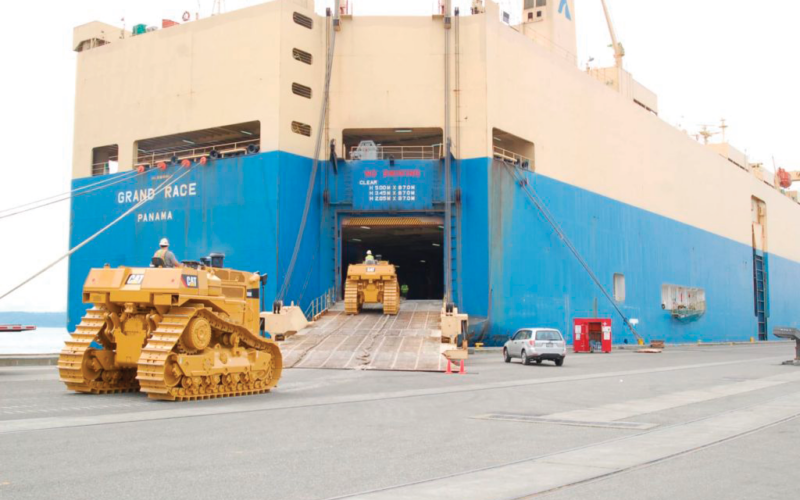
Jonathan Daniels has been appointed executive director of the Maryland Department of Transportation’s Maryland Port Administration. The port administration manages and directs the six state-owned marine terminals at the Helen Delich Bentley Port of Baltimore. Daniels comes to Maryland after serving as Chief Executive Officer and Director at Port Everglades in Broward County, Fl., and takes the reins from Brian…
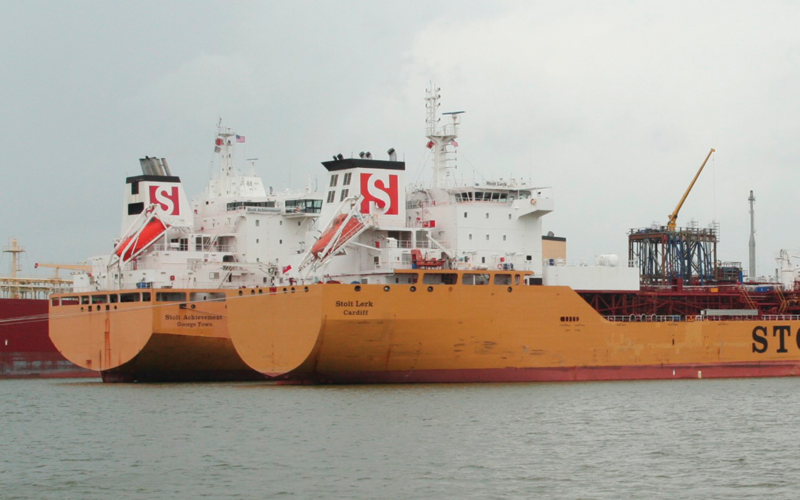
Stolt Tankers has announced its commitment “to developing science-based targets to help achieve net zero in the maritime sector.” According to the company, it is “proud to be joining the Science Based Targets initiative and other leading companies who are working towards a net-zero economy, boosting innovation, and driving sustainable growth by setting ambitious, science-based emissions reduction targets.” The Science Based Targets initiative…

